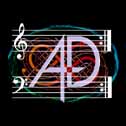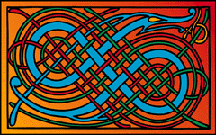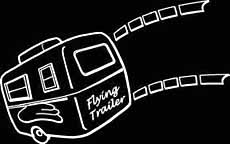|



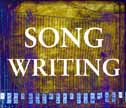

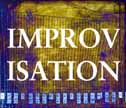


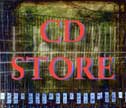
|

Composed Chamber Music
Of all genres of contemporary classical music that still survive in the modern (or post-modern) contemporary era, I like writing chamber music the best. I've written for full orchestra, but I like the intimacy of chamber ensembles, which also require playing in concert rather than following a conductor. I've won a few awards for my chamber pieces, including a percussion quartet, a duo for viola and clarinet, and others. I often write on commission: many pieces were requests by the performers who premiered the works, or for specific concert occasions.
Scores for all of my composed chamber music are available upon request, at nominal cost. Music samples can be found by scrolling down the page. Partial scores of several works will soon be available on this page for download in PDF format, as samples. Full scores may be purchased directly by contacting me via email.
Here is an edited MP3 of excerpts from one of my longer chamber music pieces, Walk the Good Red Road (Minimal Dub Quartet). The music owes debts to Steve Reich, Robbie Robertson, and Jah Wobble. It is gradual process music, for piano quartet. This was premiered in 1995.
Minimal Dub Quartet (excerpts)
•
Song of Unfolding (Complements). A duo composition for viola and clarinet, two of my favorite orchestral instruments. I play clarinet very badly, and viola not at all, but I love the sound of both of them, so this piece was a natural labor of love. This piece has been performed several times since its premiere, and been popular with audiences. I have since written other scores for solo violist. (Award winner, second place, UW-Madison composition contest, 1993.)
Song of Unfolding (Complements) excerpts
•
My percussion quartet, Gendhing Mandala, is in two movements, and won the 1980 Drexel/ATMOS Percussion Quartet contest sponsored by the Percussive Arts Society of America. I flew to Philadelphia for the premiere, a peak experience for a young student composer. This is a recording from the work's second performance, made the following year, at Northwestern University in Illinois.
The abstract first movement is partially inspired by Tibetan Buddhist chant, with its slow, subterranean cadences. The second movement is in a fast 5/8, and gradually rises to a climax consisting of clangorous noise; the tension never lets up, and the ending is not a resolution of tension but a suspension of action.
1 dbyangs
2 minggah
•
I have always had a strong interest in Medieval and Renaissance music; in fact, I minored in music history and ethnomusicology for my Bachelor's in Composition at Michigan. In 1981 I composed a suite of pieces for recorder consort, titled Aeolus after the Greek god of winds. The second of three movements is featured here, an elegiac piece, whereas the other two movements are more abstract and experimental, respectively. There has been a small but steady stream of contemporary music for early instruments since the early 1970s revival of interest in early music, and this was my contribution.
Elegy from Aeolus for recorder consort
•
From 1979, a four-movement suite for solo piano, using extended techniques including playing inside on the strings, placing objects on the strings to bounce as they will, and the extreme ranges of the keyboard. This piece, Constellation, is the fourth movement of the suite, Visions. Constellation was composed in part using chance methods: since the melody line is composed in the six-note whole-tone scale, I rolled dice to choose pitches to assemble the melody.
In other piano compositions, I have developed a notational style that uses three staves instead of the usual two, as I continue to explore the extreme ranges of the piano's sonic possiblities.
Constellation from Visions for solo piano
•
riverrun, for solo flute (Julie Harr), alto flute, and piccolo, in four movements. I began this piece in my student years, then completed it sometime later at the urging of several of my flute-playing friends, including Al Jewer. Each movement uses a different flute, and is in a different mood and style. Writing for solo flute means writing pure melody; everything arises from the breath, and returns to the breath. Here are the second and third movements, for alto flute and C flute respectively. The third movement is, in my opinoon, one of the purest things I've ever written.
rivererun 2 from riverrun for solo flute
rivererun 3 from riverrun for solo flute
•
Jade, 1981, for english horn (Deb Hinderer) and vibraphone (David Colson). Not your usual chamber music combination, this was a commission from The Current and Modern Consort. I ended up drawing on Javanese gamelan and Japanese folk melodies, in order to knit together the very disparate instruments into a complementary dialogue.
Jade for english horn and vibraphone
Solo viola
Piano etudes


|
